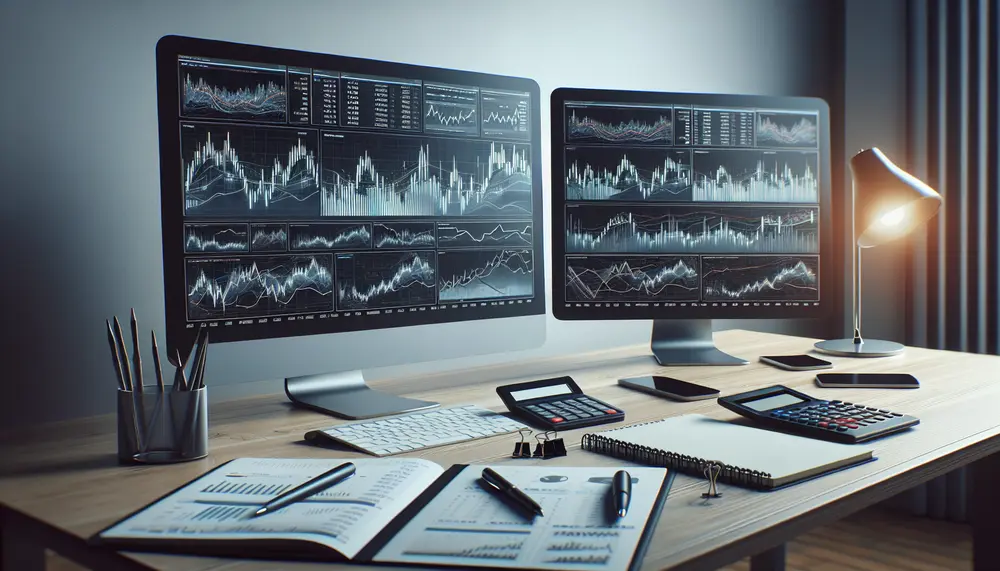Understanding the 'Hammer' in Trading
When it comes to trading, there are many terms and jargons that are unique to the field. One such term is Hammer. Broadly speaking, a 'Hammer' is a type of bullish reversal candlestick pattern. It is typically found at the end of a downward trend and can be a strong signal for traders that a trend reversal is imminent.
Characteristics of the Hammer
The Hammer is characterized by a small body (representing the trading range between the opening and closing prices of a period) and a long lower wick (representing the range of price movement). It visually looks like a hammer - small head and long handle, hence its name.
The most vital aspect of a 'Hammer' is its long lower wick. This wick should be at least twice the length of the candlestick’s body. This long lower shadow represents a period of trading in which the sellers were initially in control, but the buyers were able to push the price back up to close near the opening price.
Interpreting the Hammer
A Hammer does not mean that the bulls (buyers) have taken full control from bears (sellers). Instead, it indicates that the bulls are starting to gather strength and the bears are starting to lose their grip. If a Hammer is seen after a significant downtrend, it is a potentially bullish signal that a price bottom may be forming and the downtrend could be nearing to its end.
However, traders should be cautious because the Hammer pattern alone does not indicate a complete trend reversal. It is always recommended to look for confirmation with other trading indicators and patterns before making a trade based on a Hammer pattern.
Key takeaways
The Hammer is a popular and widely recognized pattern in candlestick charting, signaling potential trend reversals. It's named after its visual similarity to a real-world hammer, and accurately reading this signal can be a potent weapon in a skilled trader's toolkit. However, like all technical indicators, the Hammer should not be used in isolation and always requires confirmation from other sources.







